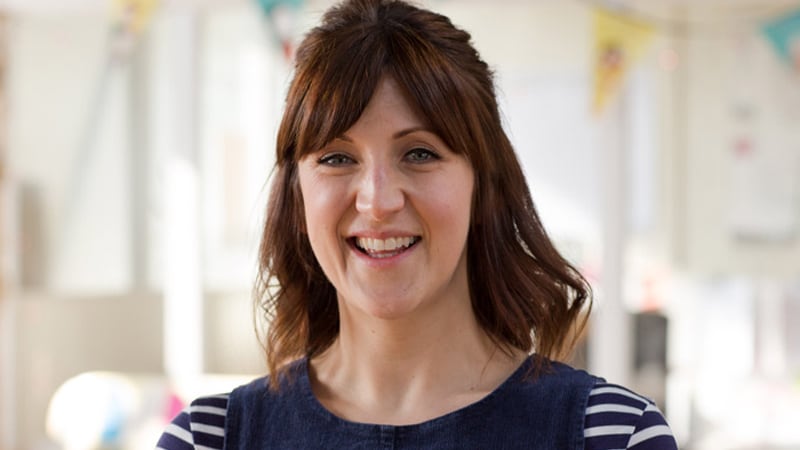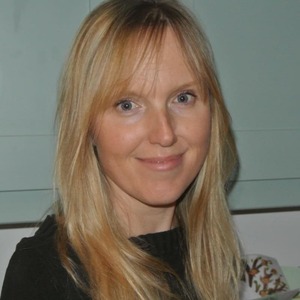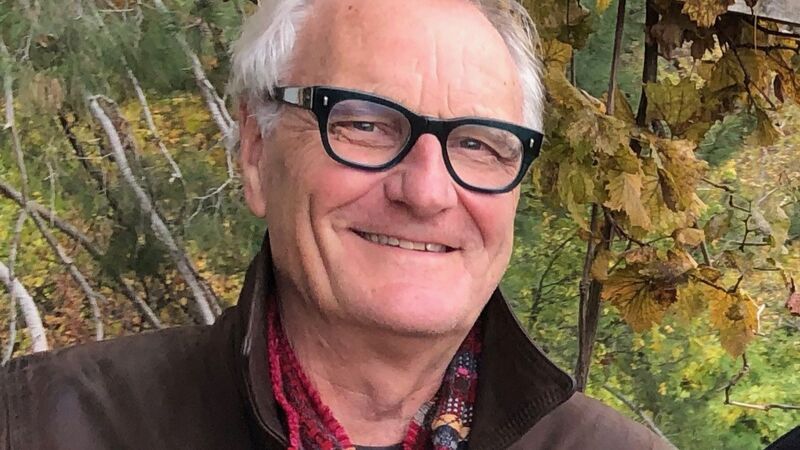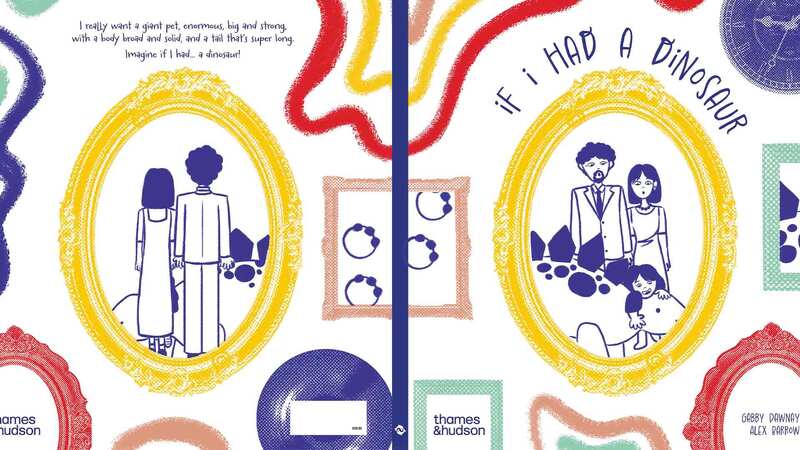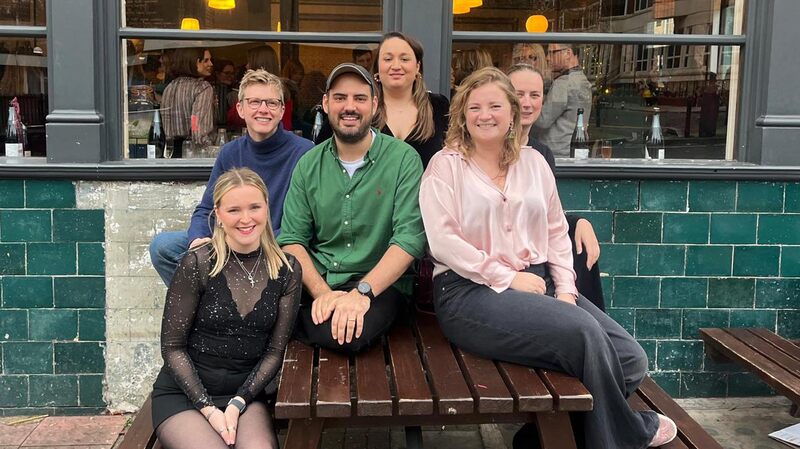You are viewing your 1 free article this month. Login to read more articles.
Kate Pankhurst | 'Creating strong female characters for young readers is very important to me'
Kate Pankhurst’s latest look at some Fantastically Great Women has an ecological focus.
Kate Pankhurst was on maternity leave the year she became a bestselling author. “It was a bit of a crazy time, and really unexpected,” she tells me from her studio, which is based in an old mill in Leeds. Her first author-illustrated non-fiction book, Fantastically Great Women Who Changed the World, was published by Bloomsbury in September 2016 and struck a real chord with readers: it became the bestselling children’s non-fiction book of 2017, trailblazing the women’s biography trend alongside Goodnight Stories for Rebel Girls. Two further bestselling picture books followed, Fantastically Great Women in History and Fantastically Great Women Who Worked Wonders, plus a range of merchandise in 2019.
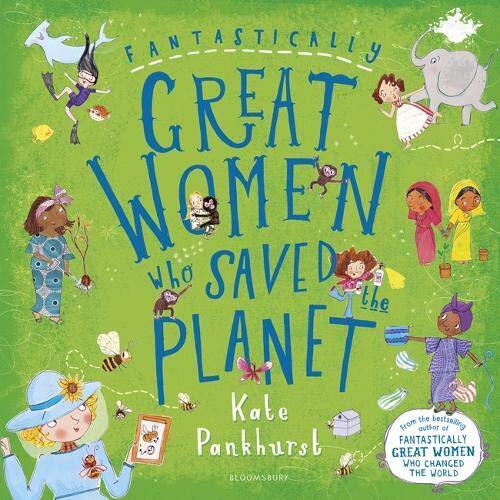 Growing up near Liverpool, Pankhurst loved “drawing, doodling and making my own comics”. As a child she never met an author or illustrator—“I didn’t really know you could do that as a job”—but a passion for creating children’s books was ignited during her illustration degree. Rising star Lauren Child was a particular inspiration.
Growing up near Liverpool, Pankhurst loved “drawing, doodling and making my own comics”. As a child she never met an author or illustrator—“I didn’t really know you could do that as a job”—but a passion for creating children’s books was ignited during her illustration degree. Rising star Lauren Child was a particular inspiration.
It puts that question back to the reader: how are you going to change the world? How are you going to work wonders?
“At that time, her books were really different, the way the typography worked on the page... She was very refreshing.” Pankhurst won second place in the Macmillan Prize for Illustration and struck her first publishing deal during her degree show. She initially illustrated for other writers, but after joining the Plum Pudding agency in 2012, was encouraged to pursue her love of writing, creating female detective series The Mariella Mysteries. She relishes the variety and challenge of writing and illustrating her work. “You get to be a bit of a control freak.”
Although there is no “suffragette blood” running in her veins—Emmeline is a distant relative, by marriage—that heritage has certainly informed her work. “Creating strong female characters for young readers is very important to me,” she asserts. Playing with ideas for a new project, Pankhurst had sketched a fictional character, a “lady explorer” loosely based on Amelia Earhart. Agent Mark Mills saw a different spark: the potential of writing about women from history combined with the potency of that famous name. Pankhurst was hooked. “Women in history wasn’t even a conversation when I was a child,” she tells me, and beginning the research for the Fantastically Great Women series, she was astonished that this still seemed to be the case, finding very few children’s books about famous women.
The fourth book in the series, Fantastically Great Women Who Saved the Planet, will be published in February. Pankhurst began work shortly after David Attenborough’s “Blue Planet II” aired, keen to explore themes of conservation and the environment. Anita Roddick, founder of The Body Shop, hadn’t quite fitted into the line up for Fantastically Great Women Who Worked Wonders, but proved the perfect starting point for this celebration of “women who have wondered about our planet, who have made scientific breakthroughs that have helped to save the planet; women whose work has contributed to the conversations we’re having today about climate change.” It is, she says, a broad church of planet-saving. “A lot of the names in this book parents and children won’t be so familiar with.” The book’s outlook is typically global and diverse. Familiar names such as Roddick and anthro- pologist Jane Goodall sit alongside Wangari Maathai, who worked at a grass-roots level in Kenya to combat deforestation, plastic recycling pioneer Isatou Ceesay from Gambia, and Hungary’s Mária Telkes, who helped to develop solar energy technology.
Type and image
Each book begins with research, both reading and gathering visual material. Pankhurst looks for a visual “design device” to tell each story, something that “fits into the period of history, to convey the key bits of information about their lives in a really interactive and engaging way”. In the new book, the story of geologist Ursula Marvin, for example, is presented as a geologist’s table, with a miniature Ursula bobbing around with speech bubbles. “She did most of her work in the 1960s and ’70s, which influences what she’s wearing.” Pankhurst creates a rough thumbnail sketch, which is scanned in and worked on digitally. “Writing directly over the artwork makes me think about the word count and the readership,” she explains, “helping to keep it playful and age-appropriate.” Some of the information can be “heavy going” but illustration and humour enables Pankhurst to “soften some of the subjects and make them accessible to young readers”.
Listening to Pankhurst talk so passionately, it’s easy to see how the next evolution of the series came about. July 2020 will see the launch of an older strand of black and white illustrated chapter books aimed at readers of seven plus, kicking off with Scientists and their Stories and Artists and their Stories. Each chapter will focus on an individual woman; an in-depth look where the picture books offer a snapshot. “For the picture books, I have to do ridiculous amounts of research to write 300 words about each woman,” Pankhurst laughs, embracing the opportunity to chronicle women’s lives in more detail. The new books will, she hopes, be “a really good next step for readers of the series”.
Central to all of the Fantastically Great Women books is the ethos of “celebrating these women and drawing the positive aspects out of their stories,” while still, she explains, being faithful to their struggles and challenges. How children relate to these stories is important to Pankhurst. “It’s not just a history book about women who did these things years ago.” Each book ends with a “gallery of greatness” spread, in which all the featured women give a one-line piece of advice. “It puts that question back to the reader: how are you going to change the world? How are you going to work wonders?”





